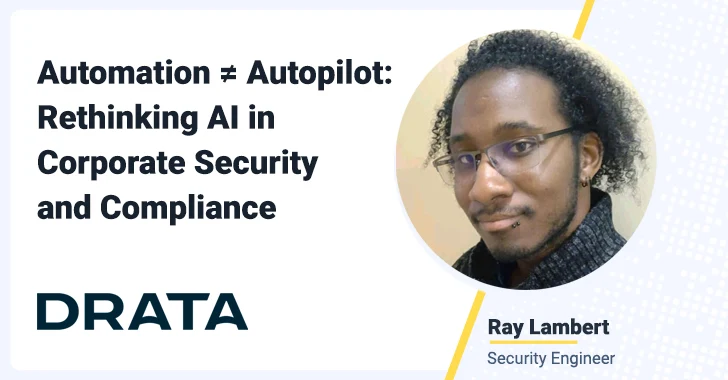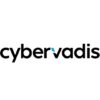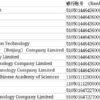
As AI continues to make inroads into enterprise security, it’s easy to see the appeal: faster triage, smarter detection, and fewer manual workflows. From SOAR platforms streamlining alerts to AI-enhanced identity systems approving access requests in milliseconds, the value proposition is clear — greater efficiency, speed, and scale.
But here’s the rub: speed without scrutiny can lead to security drift.
AI is a powerful enabler, not an autonomous guardian. And in corporate security — where stakes include sensitive employee data, internal intellectual property, and privileged infrastructure — the absence of human oversight isn’t just risky; it’s potentially catastrophic.
AI as a Copilot, Not a Commander
In modern corporate security environments, AI-driven tooling is increasingly embedded into day-to-day operations. Triage systems leverage AI to correlate alerts, automation scripts to remediate routine issues, and IAM platforms auto-approve low-risk access. These advancements undeniably help overstretched security teams scale without burning out.
But AI doesn’t understand context like a human does.
It won’t pause to ask:
- Is this access request truly justified, or just well-formatted?
- Could this benign-looking behavior be an outlier in the broader enterprise landscape?
- Is this IAM policy misalignment an anomaly or an intended exception?
That’s where the human layer becomes essential. AI can generate signals, sort them, and even act — but validation, context, and critical thinking still belong to us.
The Risk of Unsupervised Automation
While I haven’t personally witnessed an AI-driven incident spiral out of control, we shouldn’t wait for the breach to happen before talking about the risk.
Let’s consider a few very plausible (and preventable) failure modes:
- Compliance Missteps: An AI system automatically approves access to a financial dashboard for an intern because the metadata checked out — but the regulatory context (like HIPAPA) was overlooked.
- IAM Misconfiguration: A misaligned identity rule, created by AI and deployed without review, grants excessive permissions across departments.
- False Positives Turned Blind Spots: Automated triage learns to suppress certain alert types based on past dismissals — missing the fact that attacker behavior has evolved.
- Over-aAutomation Fatigue: Analysts may grow complacent, assuming “the system has it covered,” only to discover post-incident that key signals were ignored or overwritten.
These aren’t just theoretical risks. They’re the logical outcomes of removing human governance from processes that inherently require judgment and context.
Building Guardrails: Human Oversight by Design
AI’s job in security is to accelerate and scale — not to override decision-making.
So how do we make sure the machines stay in their lane? By embedding human oversight in the right places:
- Approval workflows should be reviewed by humans when they involve privileged access, sensitive data, or production-impacting changes.
- Ongoing validation should be conducted regularly to test whether AI models, detection logic, and orchestration flow still align with business and security intent.
- Auditable controls should exist for any AI-driven action that touches compliance, privacy, or trust-sensitive systems.
Think of it as continuous calibration. Just as we patch systems and tune detections, we need to assess AI behaviors over time — because both threat actors and businesses evolve.
Moving Forward: Designing AI That Earns Trust
The ultimate goal isn’t to slow down automation. It’s to make automation resilient — and worthy of trust.
Security teams should design AI-infused processes with human review in mind. Not to micromanage the machine, but to spot deviations, challenge assumptions, and ensure alignment. When this balance is struck, AI becomes not just a timesaver, but a force multiplier.
Most importantly, this approach scales. As environments grow more complex, the combination of AI velocity and human judgment is what enables organizations to keep pace — without sacrificing security or compliance.
Final Thoughts: Productivity Isn’t a Substitute for Accountability
AI is meant to streamline engineering and operational workflows — not become a self-contained decision engine. While it can help reduce toil and boost productivity, we must remember that security and compliance are human-driven disciplines.
The policies, the risk tolerances, the ethical lines — they all come from people.
In a world where AI is increasingly embedded in our systems, we as security professionals need to ask:
Are we delegating tasks, or are we outsourcing responsibility?
Because when the inevitable audit, breach, or anomaly occurs, the burden of accountability won’t fall on the algorithm.
It’ll fall on us.
Ready to harness the power of AI without compromising trust?
Drata helps you automate with confidence, combining intelligent workflows with the oversight and controls your security program demands.
Book a demo today to see how Drata can support your AI-powered future.
About the Author: Ray Lambert is a Security Engineer at Drata, where he focuses on Corporate Security, identity and access management, and building scalable security tooling. With a career that began in IT then compliance, Ray brings a unique blend of operational knowledge and technical depth to modern cybersecurity challenges. When he’s not working, Ray enjoys discovering new music and reading fiction.
Ray Lambert — Security Engineer at Drata
https://blogger.googleusercontent.com/img/b/R29vZ2xl/AVvXsEj7pQby2qgiOr4hkJOzMuzEqJR_N-mhFsFoOOUHbe4wYbmH7OAsHBeGK87bQ60SewcPPTK0yIns7vDWzpXFNPrNYbNSNX6Z2LswbkS5S2qjkygP6Be6JvCbfOxW0LFS-BV3C8nPD1fFcOnQY5Jojsddveq1zNcH-zkFeAczPKo3HXr5J732Rj0sd6nPXdQ/s728-rw-e365/ray.png




